The power grid operates on a delicate balance between supply and demand. As renewable generation resources like wind and solar take a larger role in the generation stack, this balancing act has become more complex. Grid operators must now juggle both fluctuating demand and the intermittent, often unpredictable nature of renewable generation to keep the system in equilibrium.
To manage this challenge, market participants and operators analyze net demand – the total electricity demand minus the generation supplied by wind and solar assets. However, there’s more to the story. The geographic distribution of renewable generation assets, combined with variations in wind and solar conditions, adds another layer of complexity. The difference in location of supply and demand requires a more granular view of grid conditions than an aggregated, system-wide view. Segmenting grids by demand zones to understand zonal net demand provides localized insights on grid conditions. This additional granularity enables market participants to better assess congestion and grid constraints, predict demand for ancillary services, and forecast real-time prices in wholesale markets.
- Congestion and Grid Constraints: Renewable generation assets, like wind and solar farms, are often located far from population centers where demand is often concentrated. This is due to the region’s favorable weather conditions for renewable generation, as well as the fact that renewable resources tend to be most abundant – and land most affordable – in remote areas. The West load zone, one of ERCOT’s four demand zones, is rich in wind and solar but only accounts for 15% of ERCOT’s total demand during peak hours. When production spikes in these areas, transmission lines become congested, causing localized and system-wide price fluctuations.
- Ancillary Services: The intermittent nature of solar and wind requires grid operators to maintain a reserve of ancillary services, such as reserves and frequency regulation, to stabilize the grid. In ERCOT, programs incentivize market participants to provide support during grid-balancing periods, such as when renewable output drops suddenly. As renewable generation drops, additional generation capacity must ramp up to meet the swing in net load. These ramping periods often rely on more expensive generating units relative to renewable assets and demand for ancillary services, which in turn affect real-time electricity prices.
- Price volatility: The variability of renewable generation leads directly to price volatility in real-time markets. Renewable energy has near-zero marginal cost, meaning that when it’s available, it lowers overall system costs. However, sudden drops in wind or solar output – caused by weather changes or outages – force the grid to rapidly switch to more expensive generation sources. This sudden shift can result in sharp price increases as the grid scrambles to meet demand.
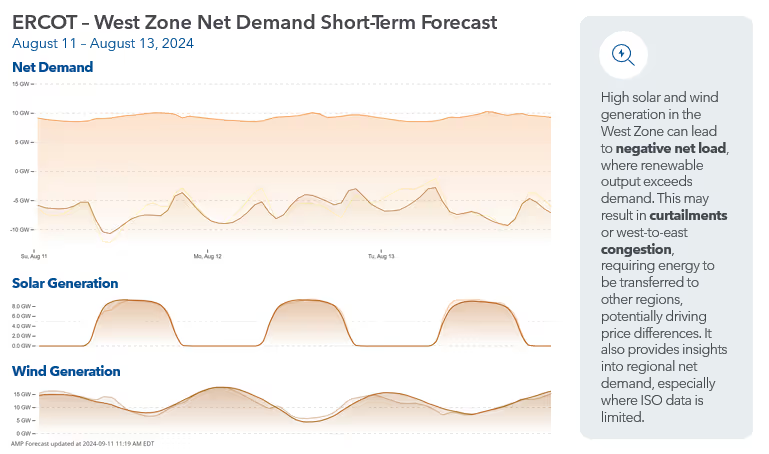
Managing these complexities requires sophisticated forecasting models that can accurately predict demand, generation, and weather conditions. At Amperon, we’ve built industry-leading prediction models that deliver better accuracy to navigate these dynamic conditions. We are excited to announce that we are expanding our net demand and zonal net demand coverage across North America, including access to ERCOT, MISO, SPP, CAISO, PJM, NYISO and ISONE. Stay tuned for further updates as we continue to enhance our coverage across other grids and ISOs.
Contact us for more information or to request zonal-level net demand for other ISOs.
Amperon’s zone-level demand and net demand forecasting coverage:
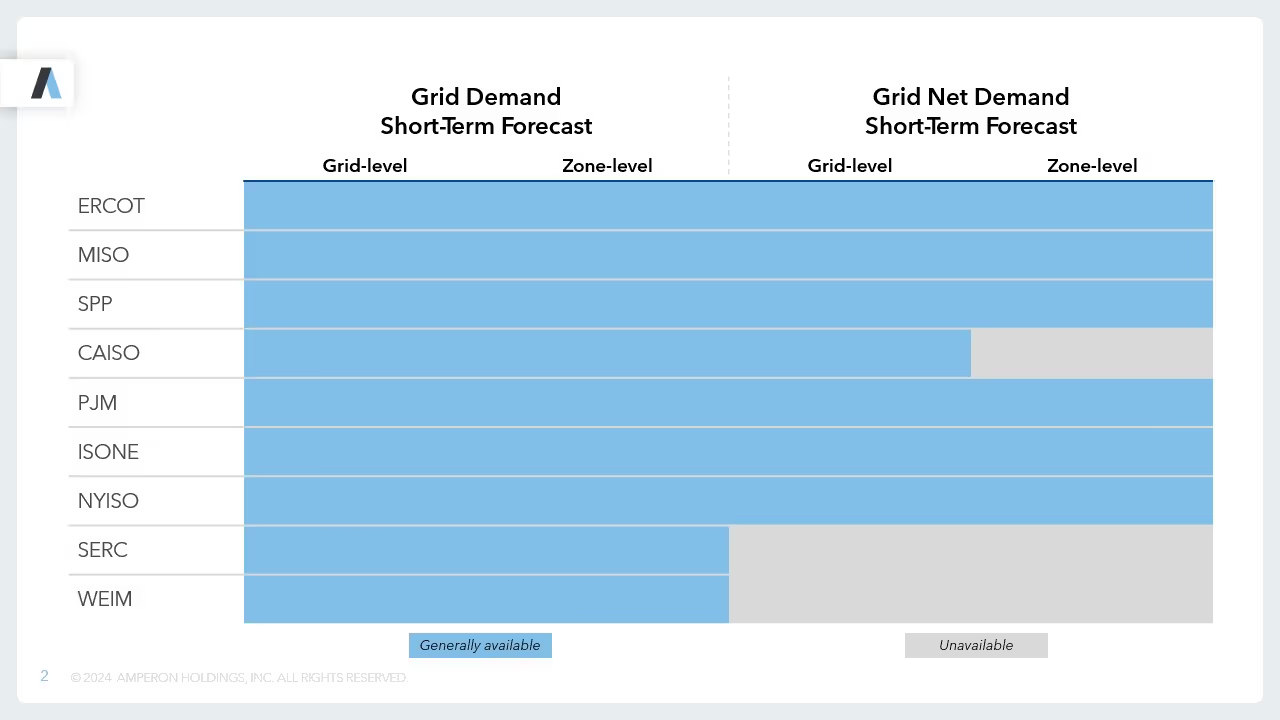



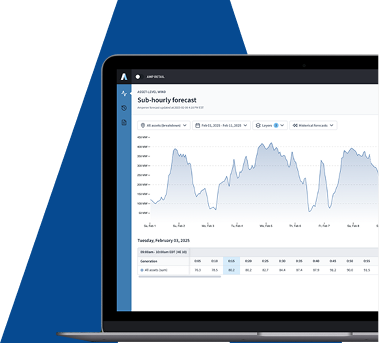
.svg)


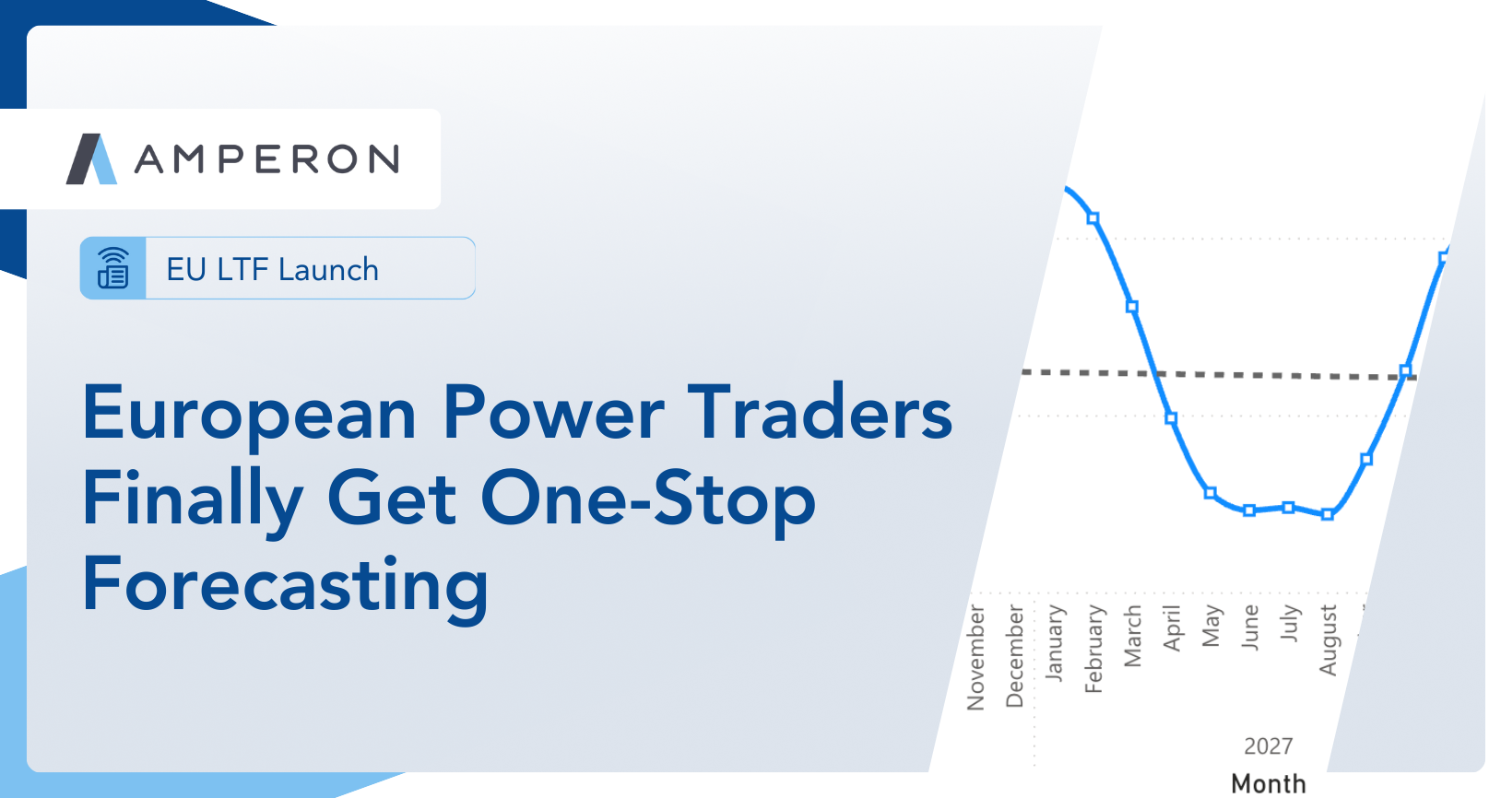
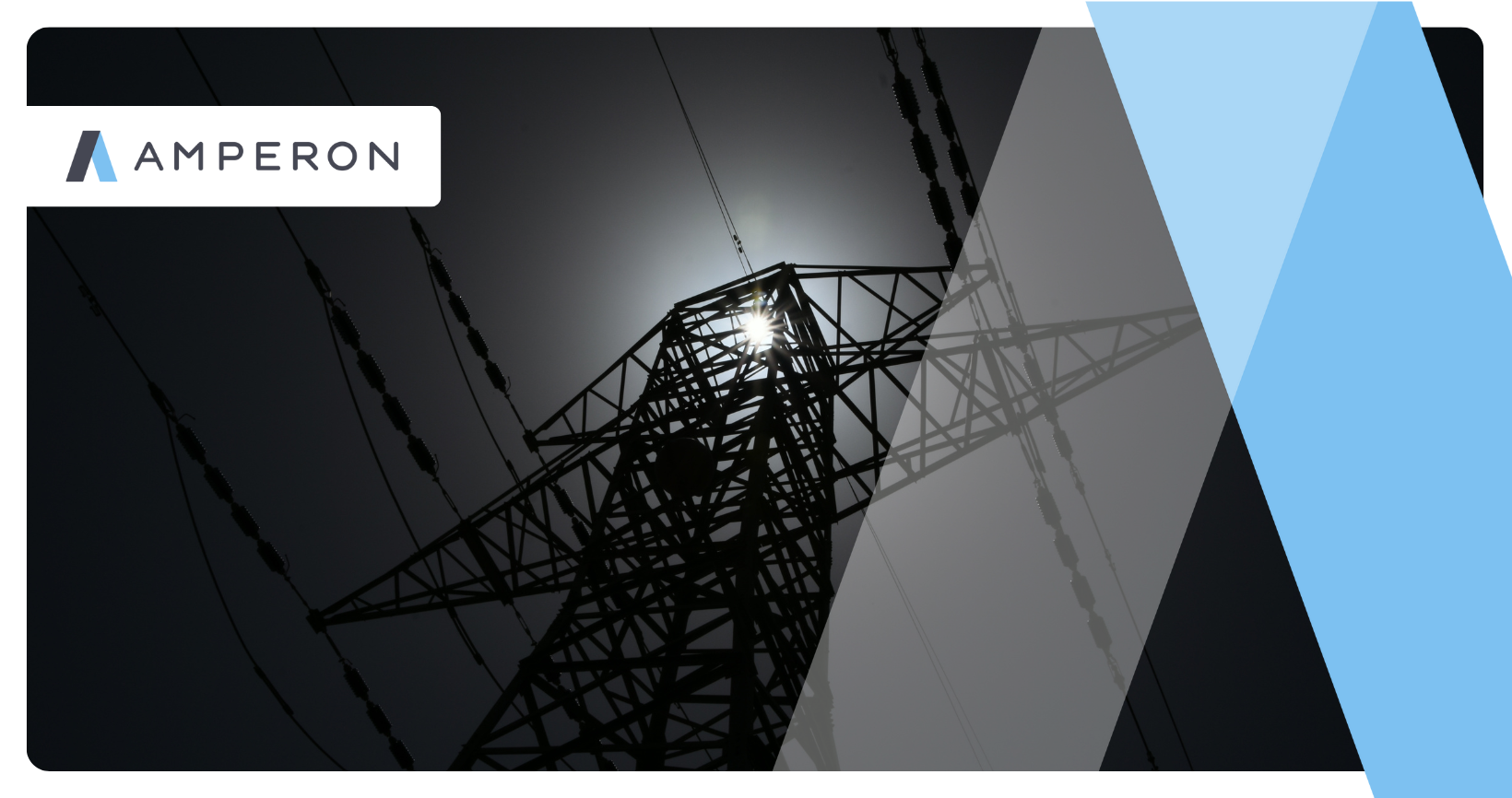

%20(3).png)
%20(2).png)
%20(1).png)
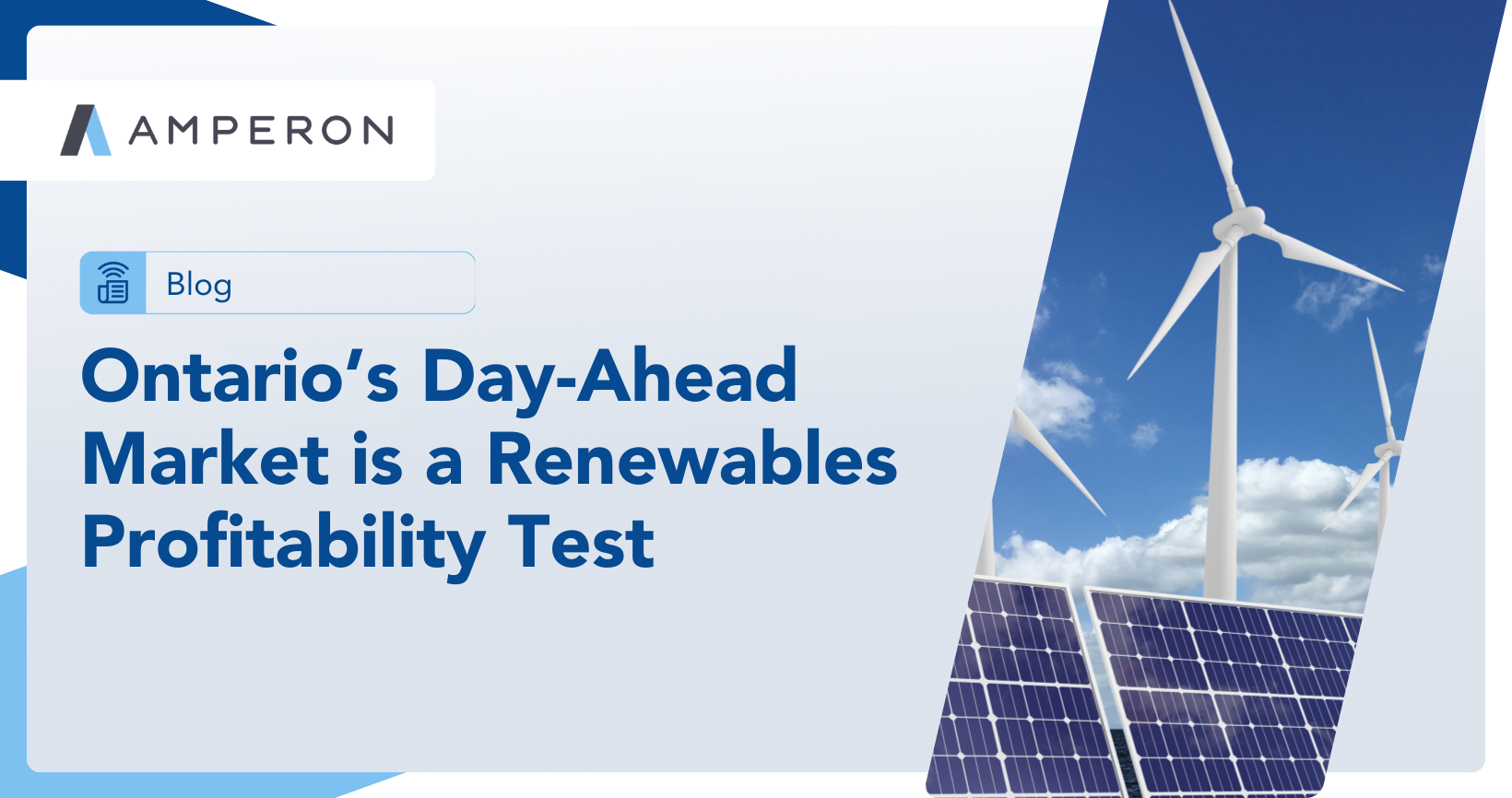






.png)

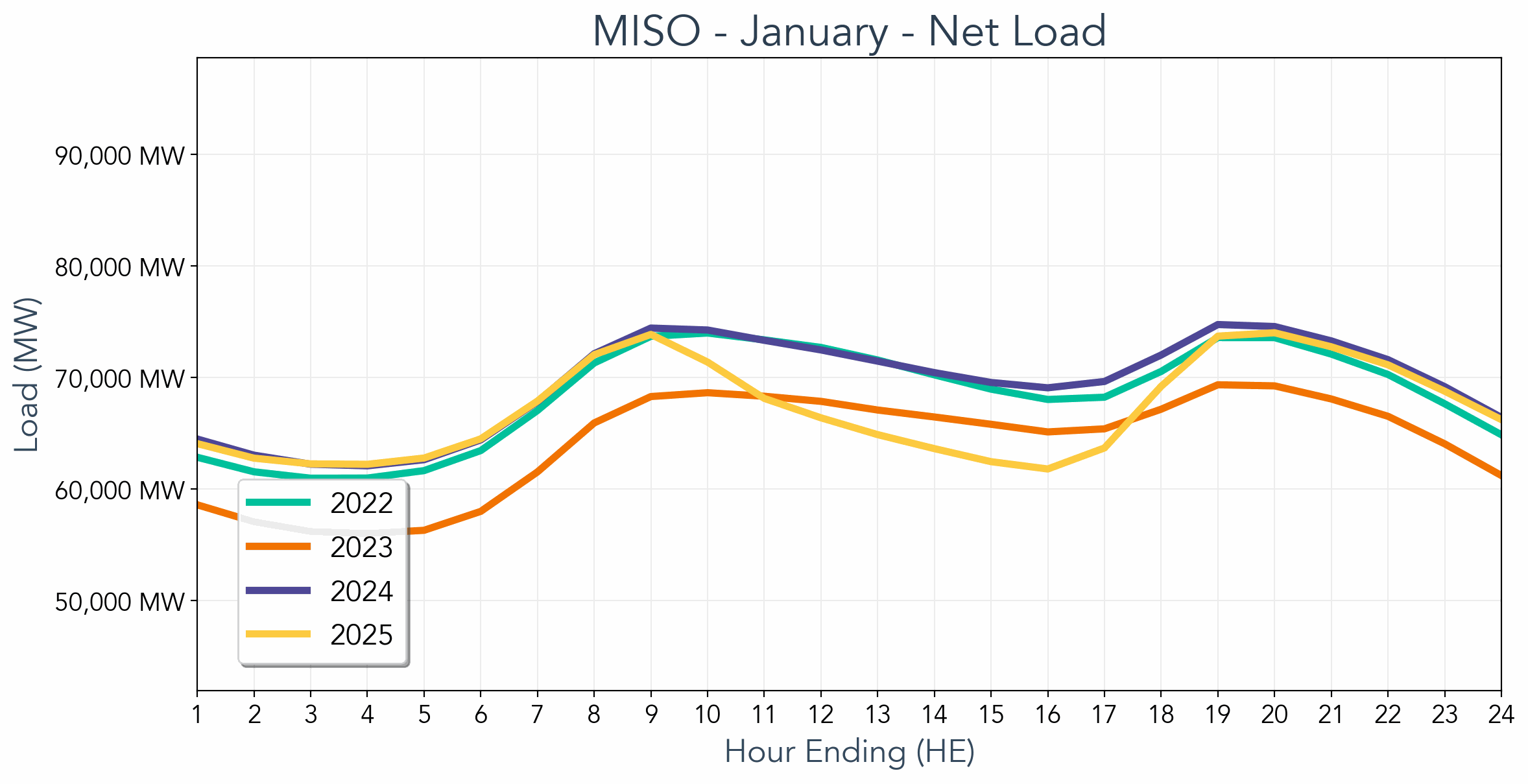

.avif)



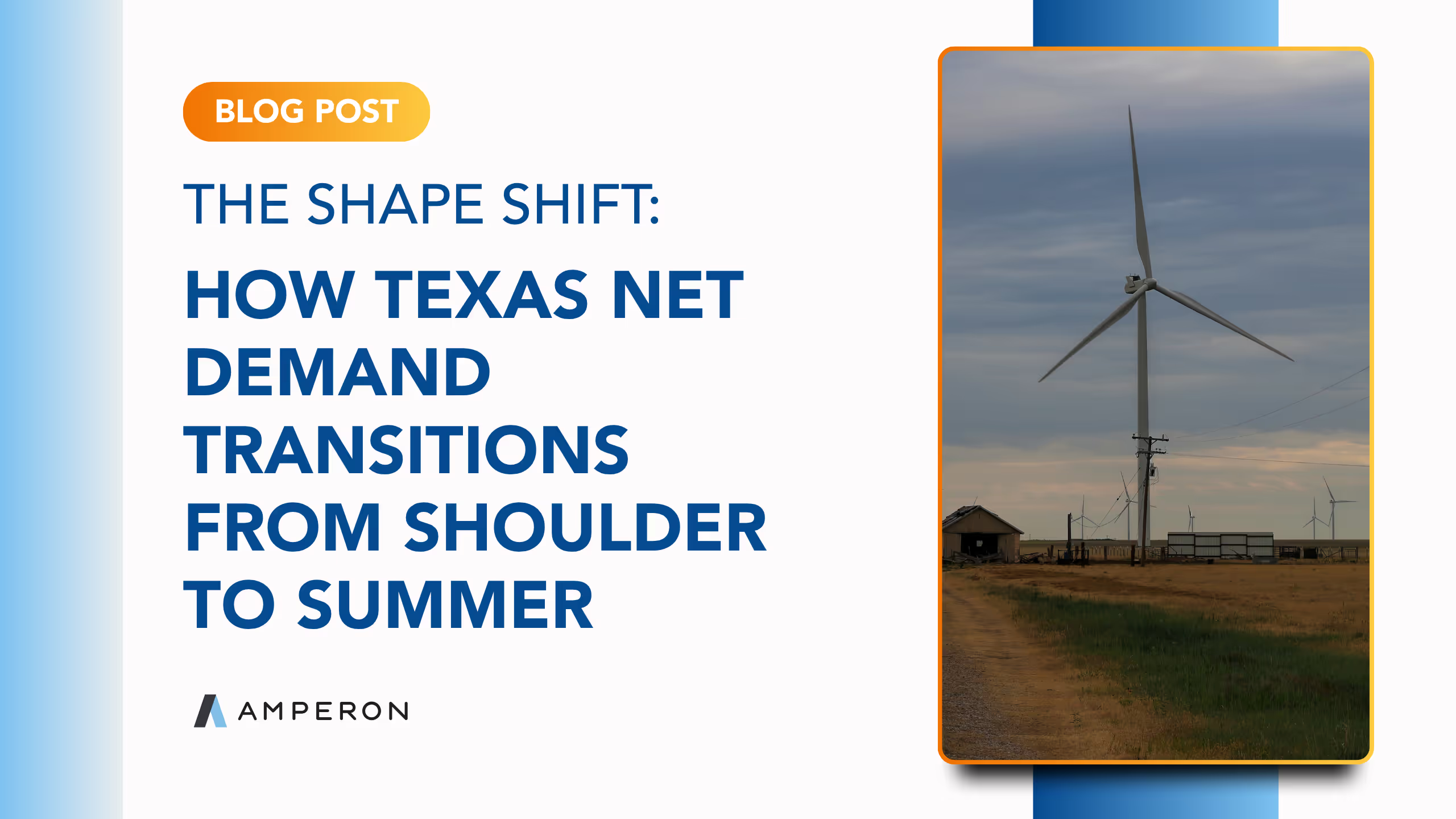
.avif)
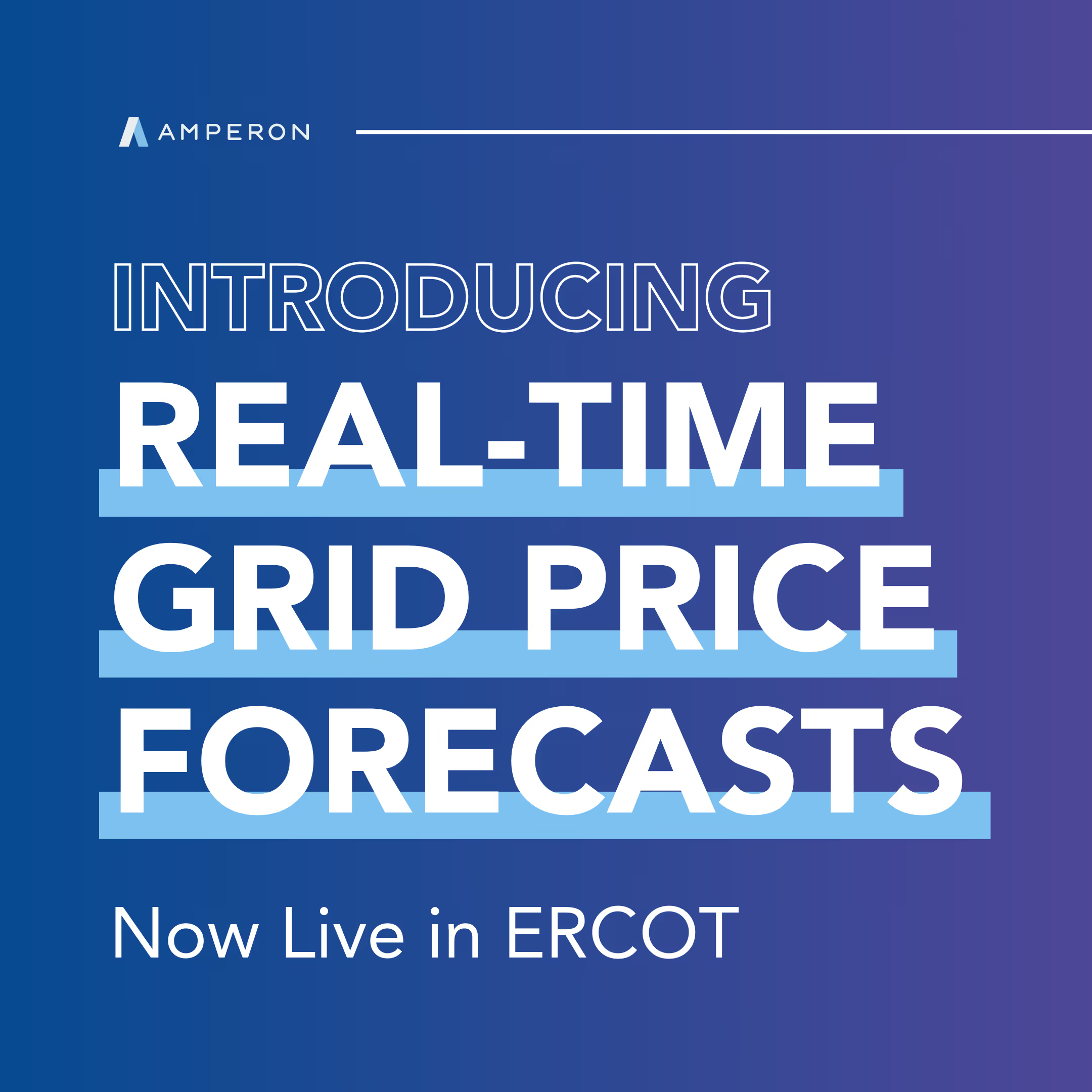
.avif)
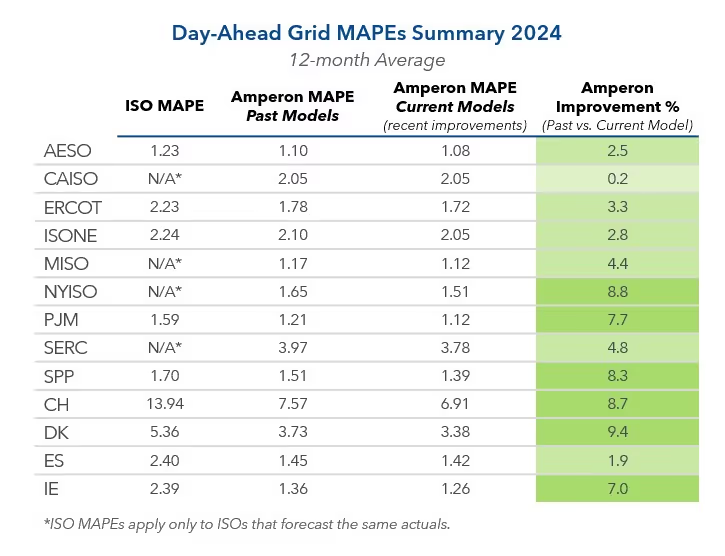

.avif)
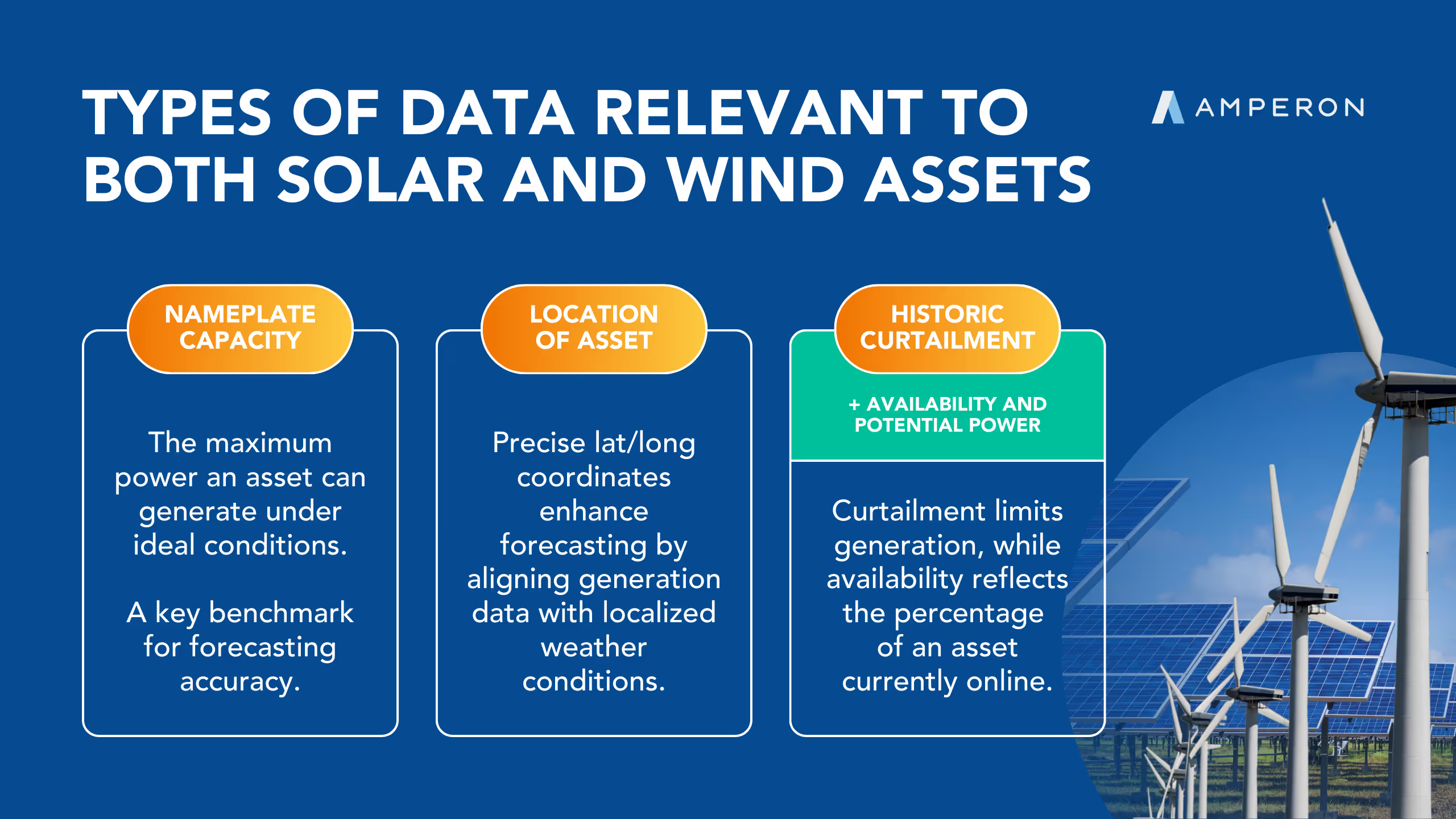
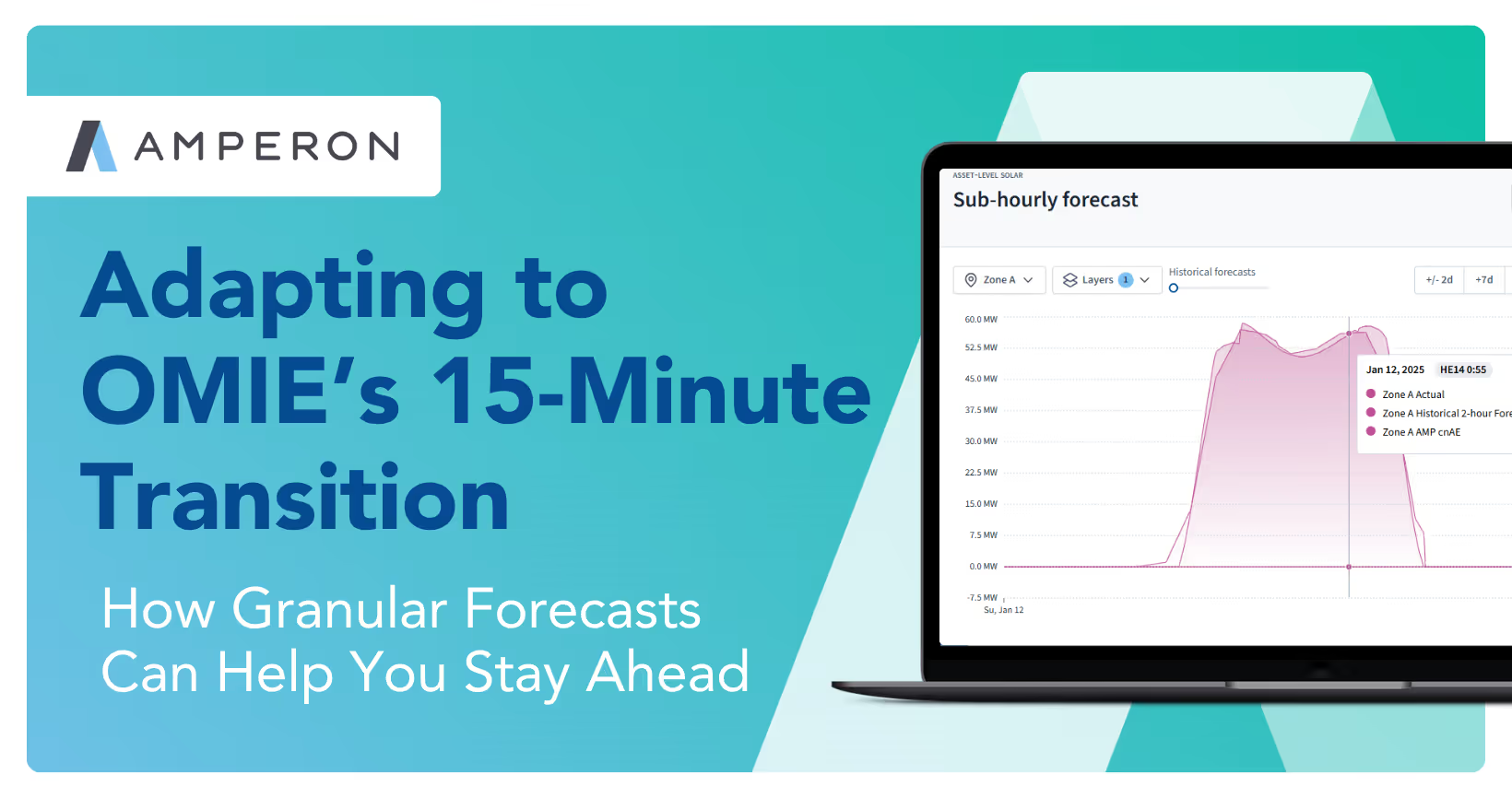
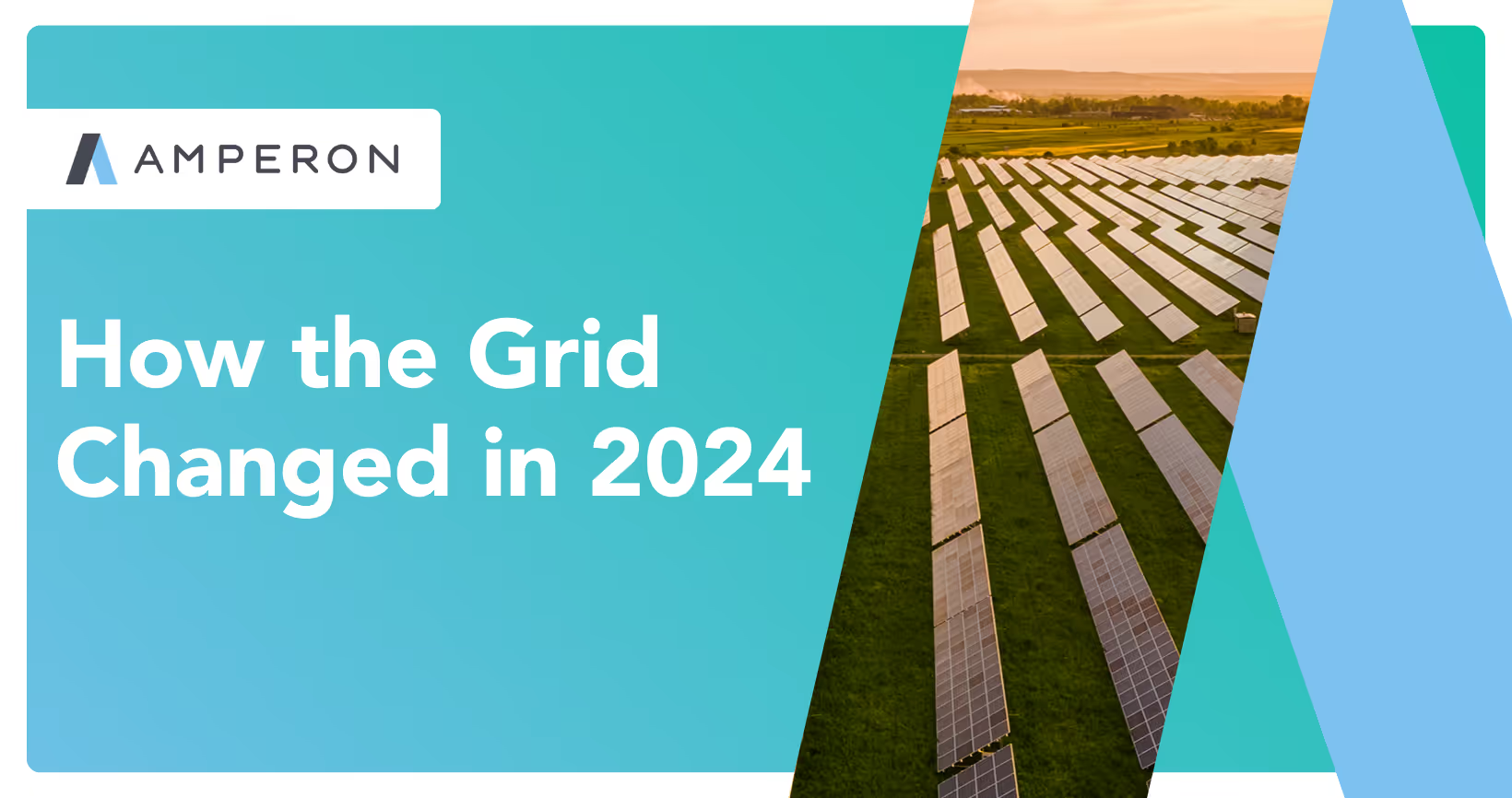
.avif)
%20(15).avif)
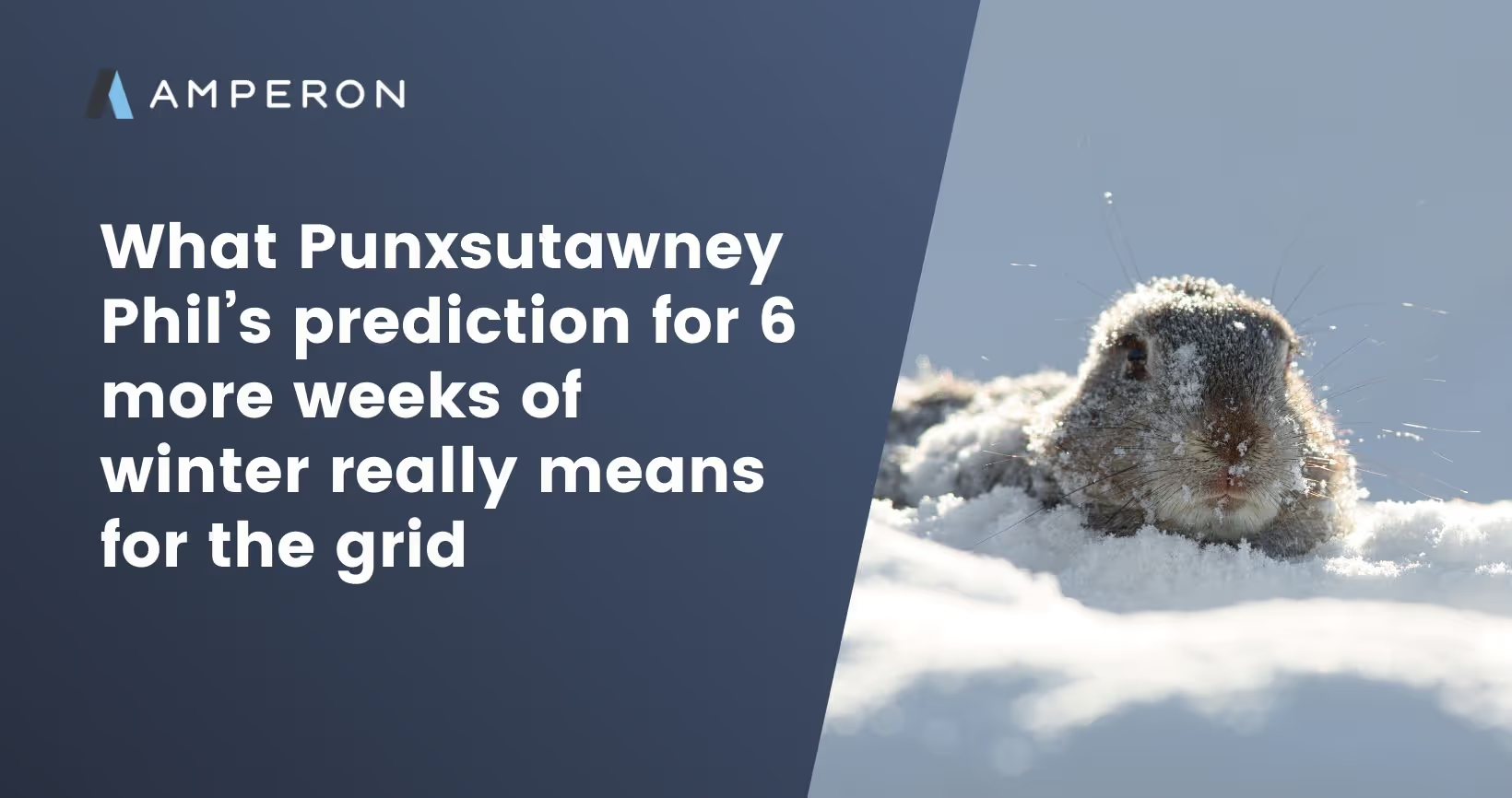
.avif)
%20(10).avif)

.avif)
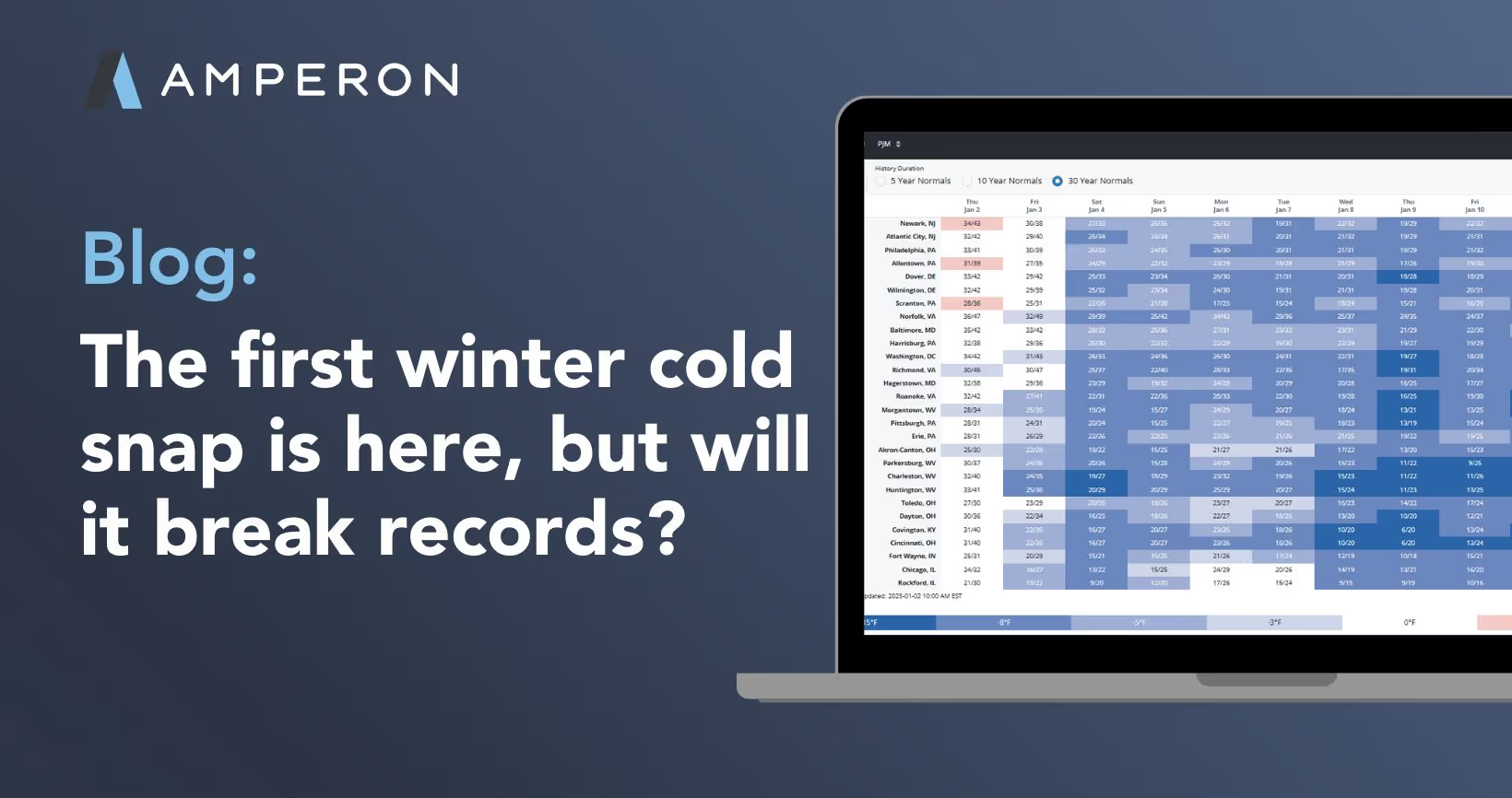

.avif)
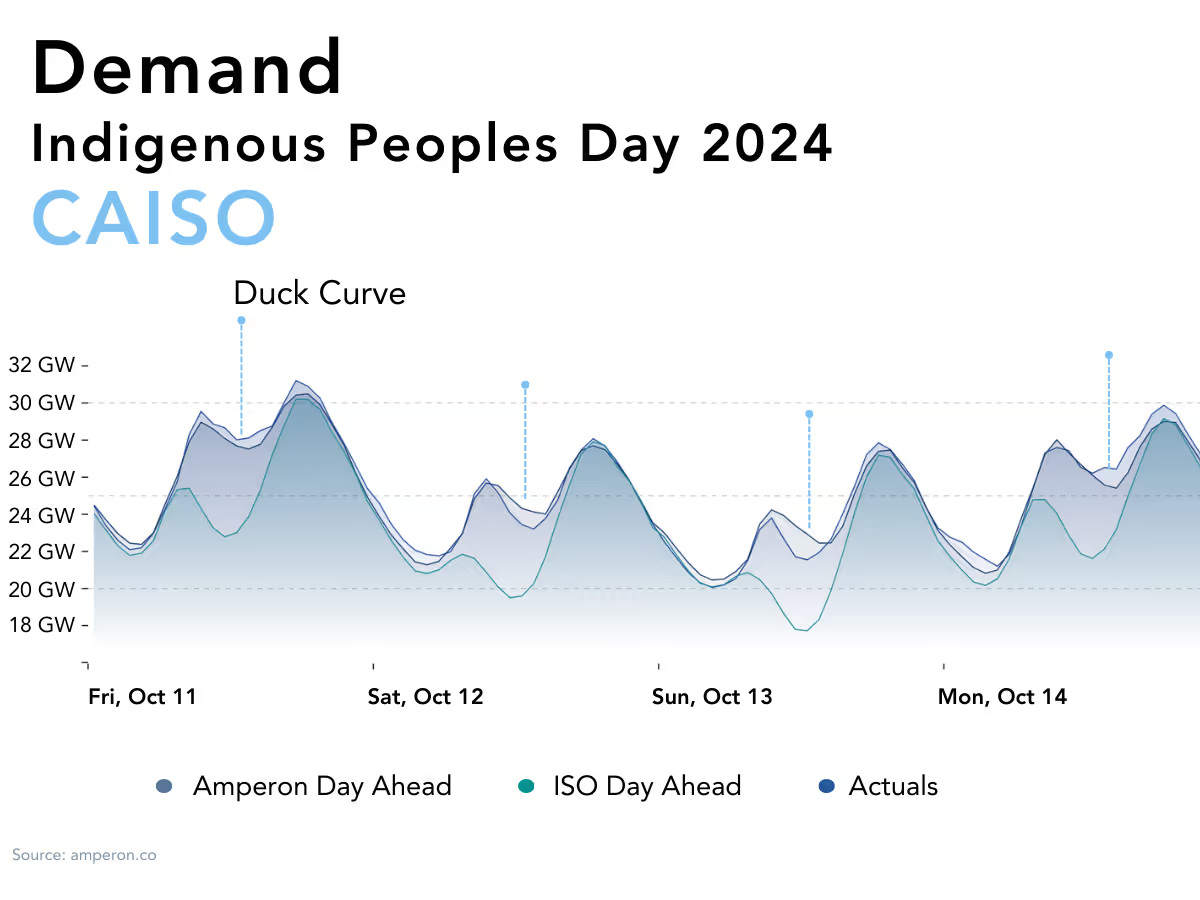
.avif)
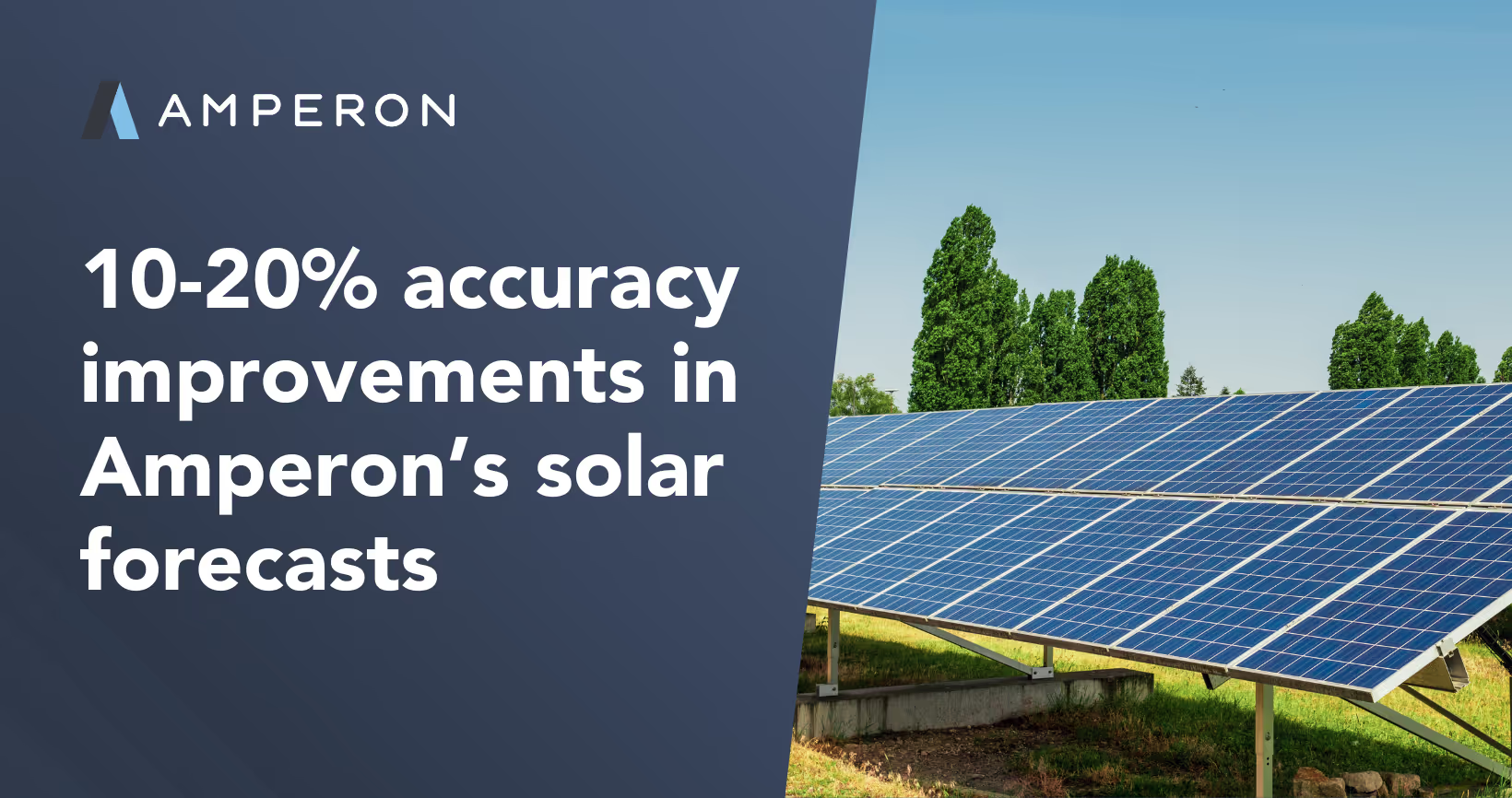


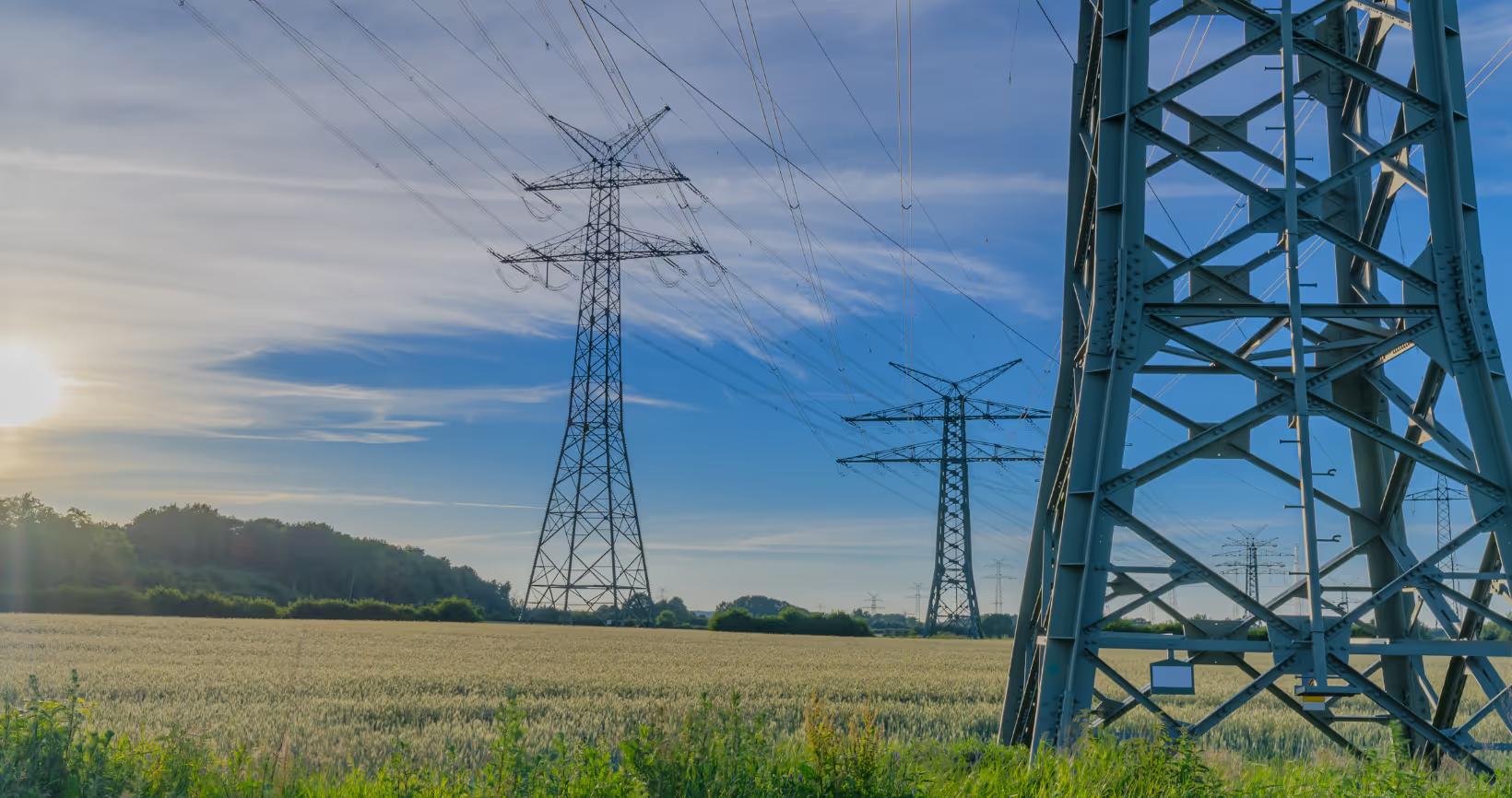


.avif)



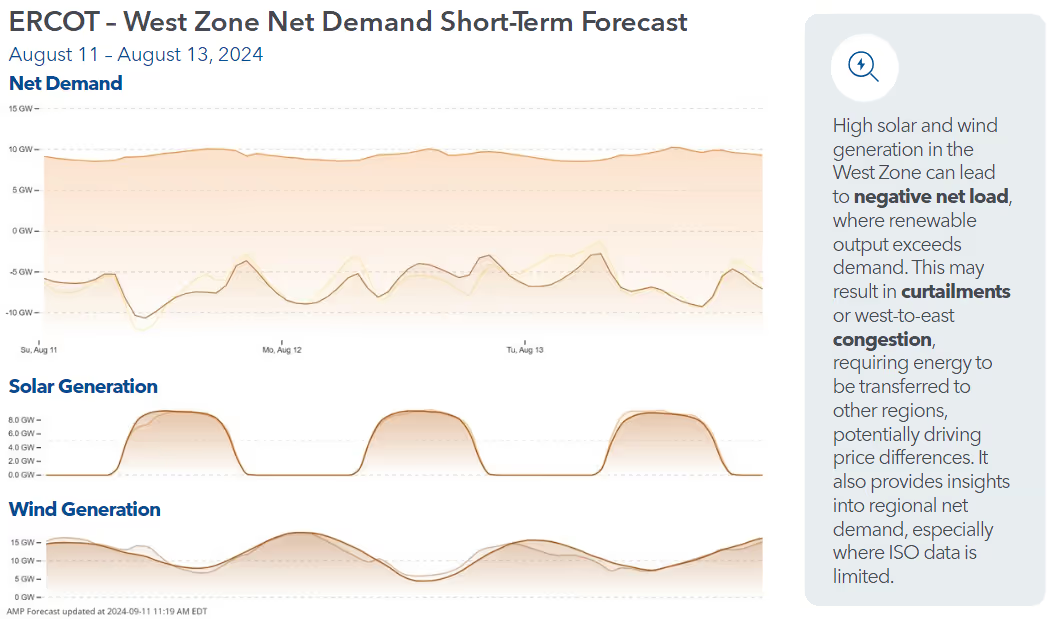



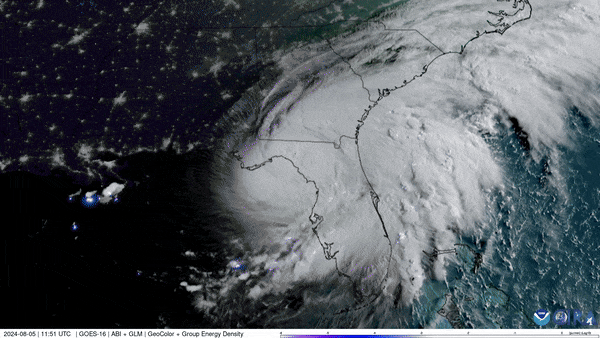

.avif)

.avif)





.avif)

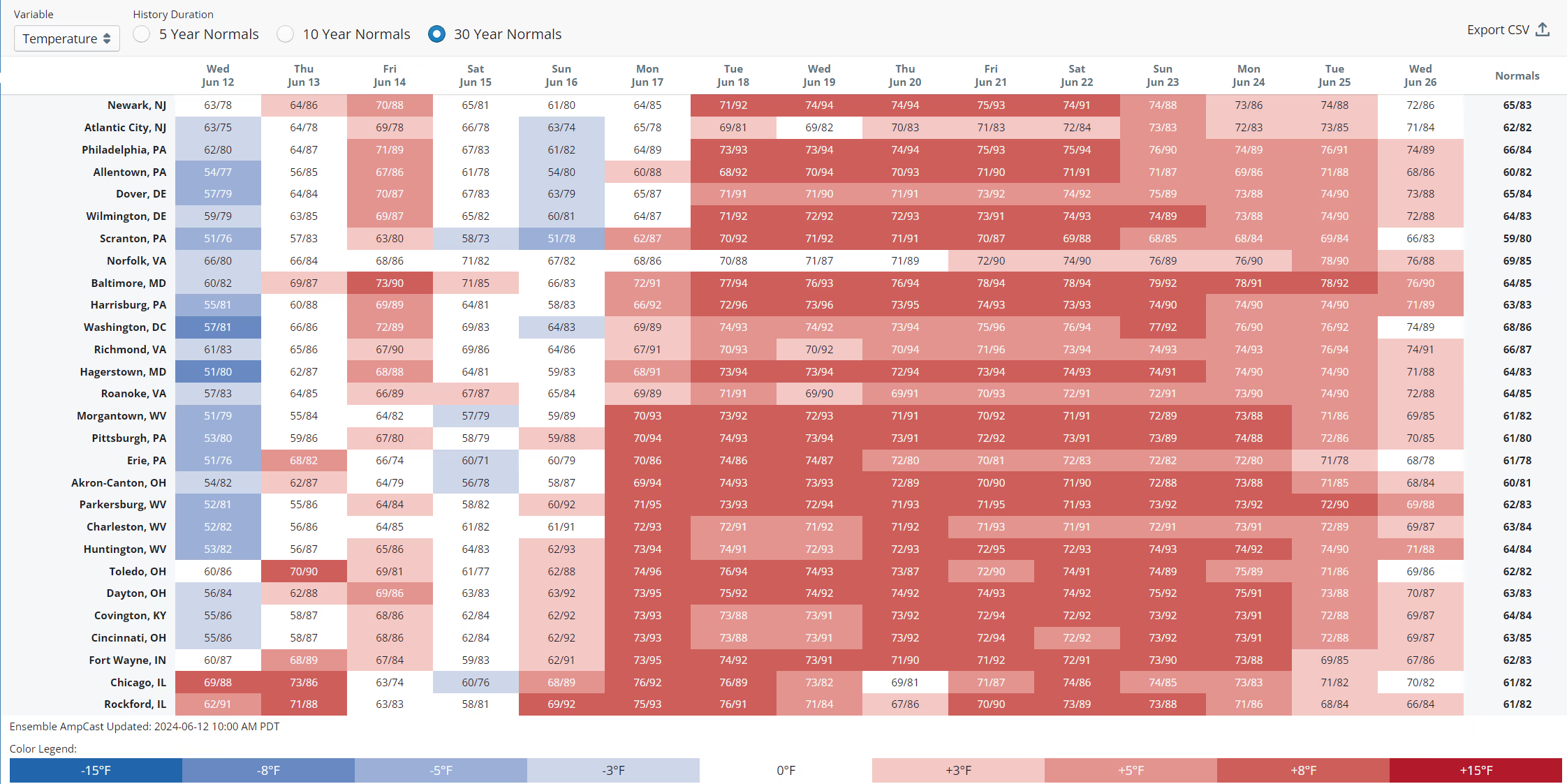
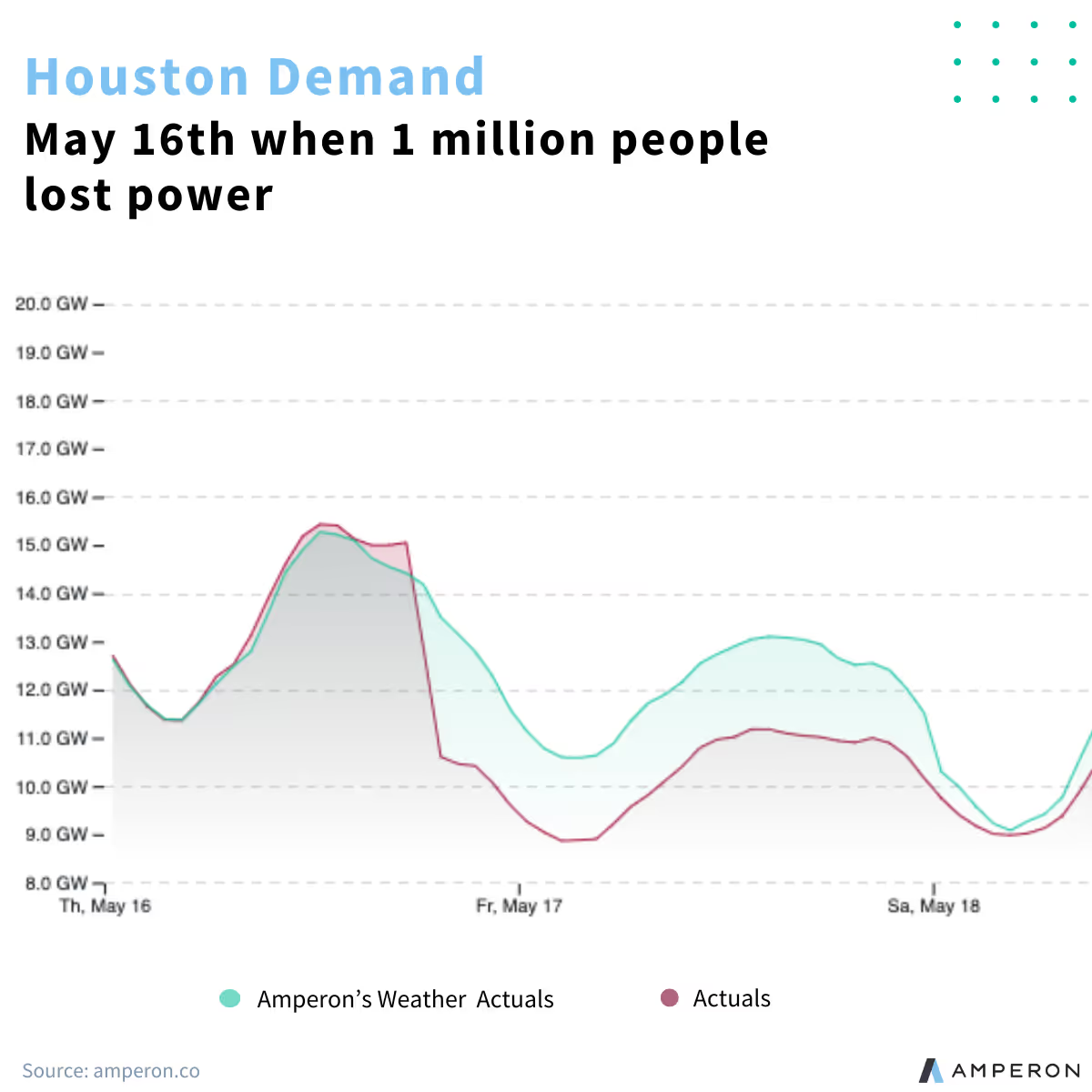


.avif)
.avif)



.avif)

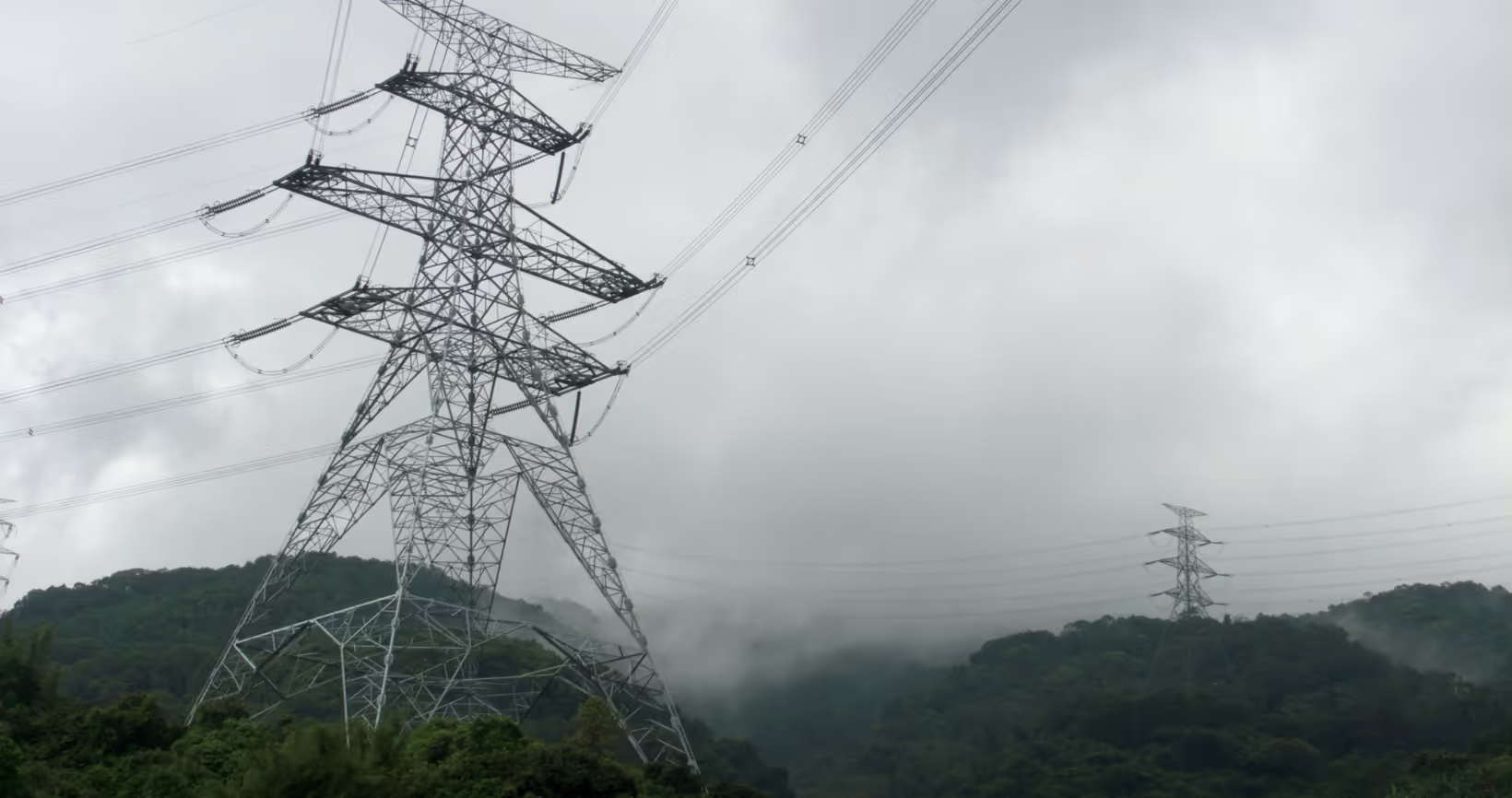


.avif)


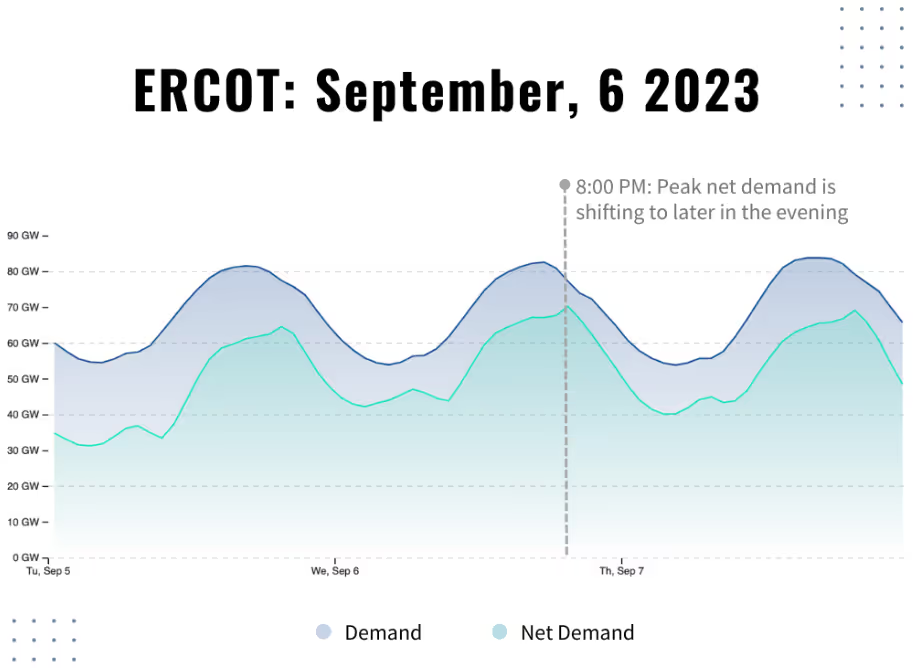
.avif)



